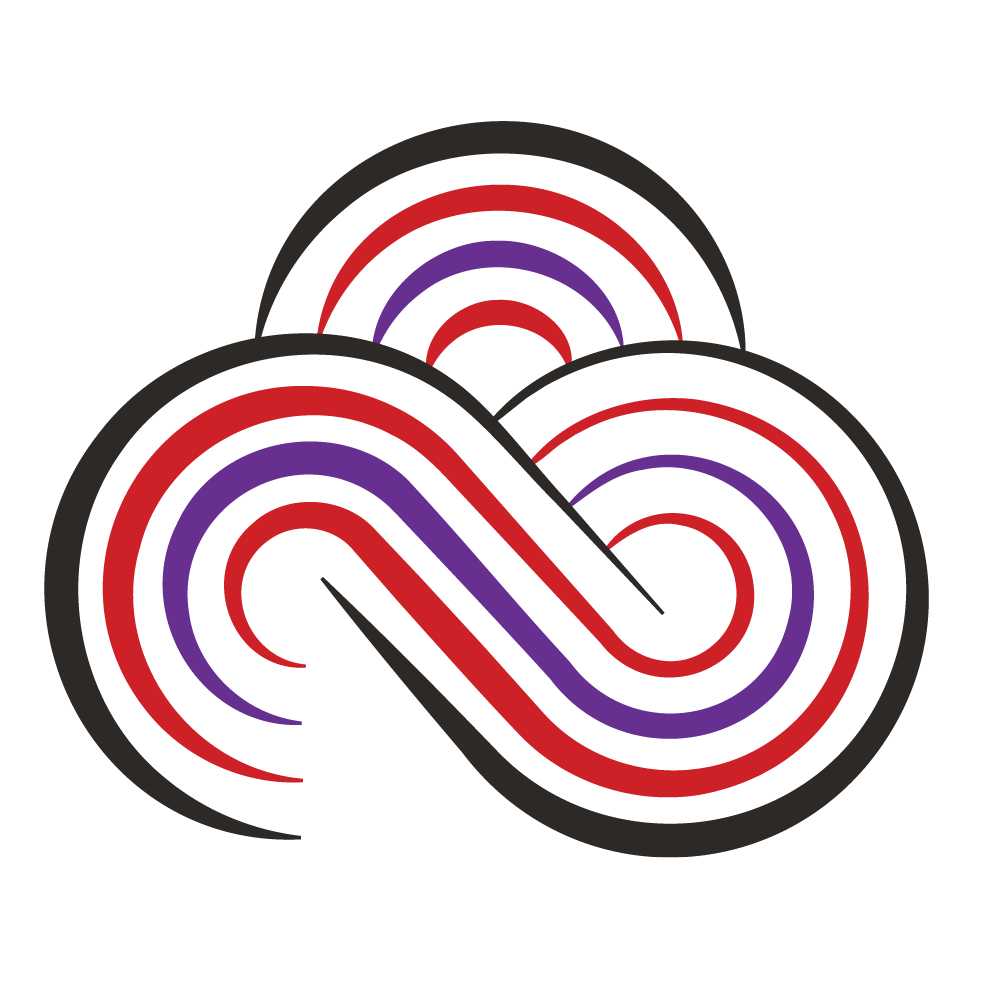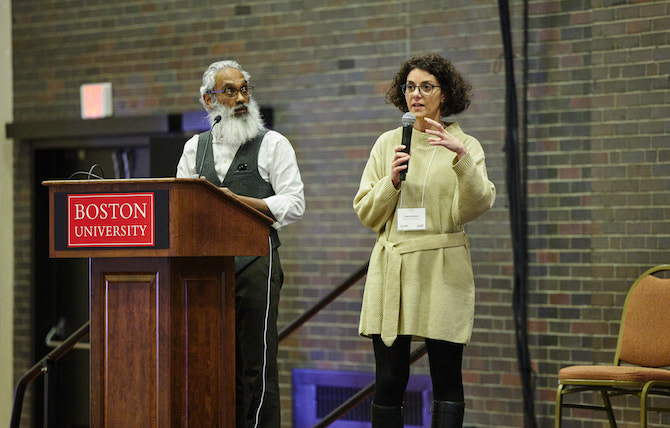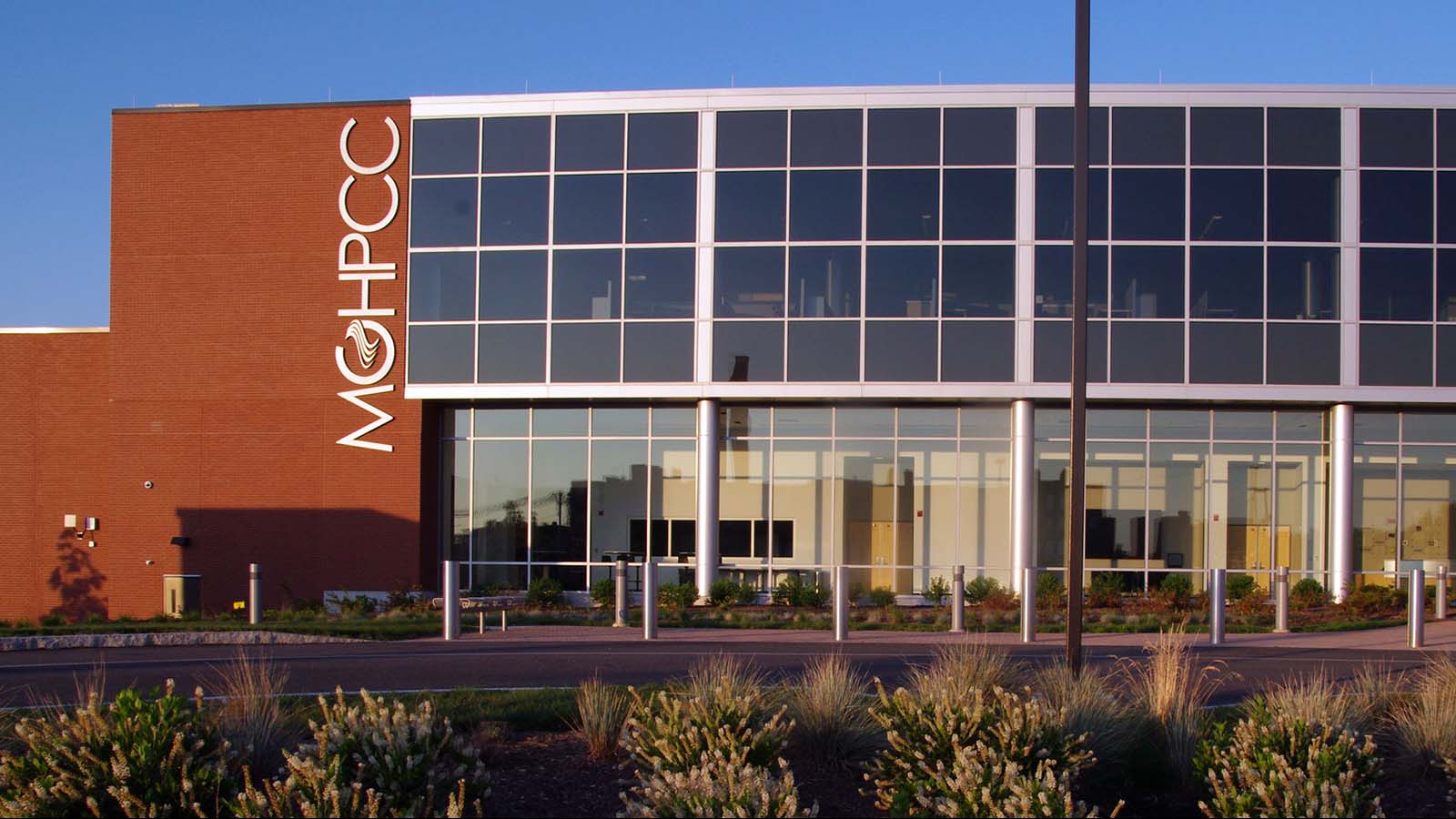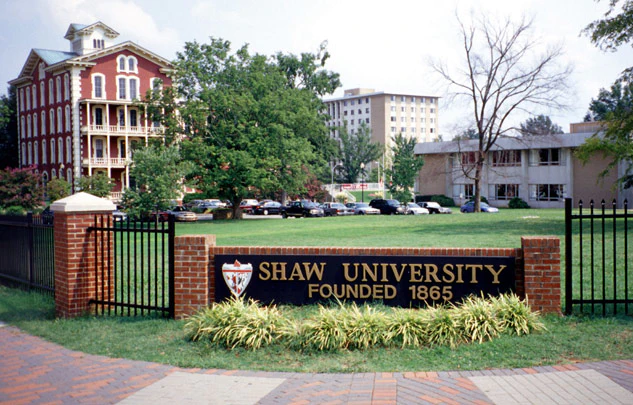MASS OPEN CLOUD
Scale your resources.
Scale your impact.
Not just a testbed, not just a production cloud, the Mass Open Cloud combines these capabilities with AI enablement in an accessible, cost-effective open source environment that stimulates industry and academic collaborations. Red Hat Research works with researchers, educators, and innovators to make the MOC ecosystem work for them.
New users and partners are welcome!

What is the Mass Open Cloud?
The MOC is an open, distributed, multi-institutional platform powering research and development that requires large-scale compute resources, such as large diverse data sets, AI tools, and AI models, in a real-world, well-managed, scalable infrastructure. The platform is built on Red Hat technology including Red Hat OpenStack, Red Hat OpenShift, and Red Hat OpenShift AI.

What problems does it solve?
Similar resources for testing and development are usually prohibitively expensive, excessively complex, and/or limited to proprietary tools. The MOC platform removes these barriers and makes essential resources accessible through the power of open source, including the opportunity to interact with industry and academic participants and see how applications work with real users.
Why is Red Hat involved?
We believe that innovation—especially in AI and data science—must be open source if it’s going to move quickly and address big global challenges for the benefit of the public. Through Red Hat Research, Red Hat has nurtured a long-running, successful partnership with the MOC Alliance and built a uniquely powerful platform to galvanize invention and advance open source AI development. Red Hat has always invested in open source communities, and we believe the open cloud is the next generation of open source.
Researchers, developers, and technology makers can experiment freely and evolve quickly on the MOC platform.
Open source
- Start developing here, then take your work anywhere with no vendor lock-in
- Engage flexibly with businesses, institutions, and government agencies that prioritize open source development models
Scaleable production environment
- Test and demonstrate technologies with the scale, demands, and users of a real cloud and bare metal access to diverse hardware
- Gain access to hard-to-afford, hard-to-maintain resources for research and development
Collaboration hub
- Focus on advancing your own work, Red Hat Research will make the technology work for you
- Connect across universities, government, and industry to expose new technologies and accelerate innovation
Collaborators wanted
Red Hat Research helps bring together many types of users and technology innovators in a catalyzing open environment where each can benefit from the ideas, discoveries, and even challenges of all.
We work with users on projects that involve building, testing, and distributing open source software; supporting upstream software projects; and supporting research, data analysis, and education. We also work with industry collaborators seeking to expose technologies to new audiences and build relationships with academic researchers and emerging leaders in AI. Our door is open— if your use case doesn’t fit one of these boxes, contact us to discuss it!
“The MOC and Red Hat Research have played a fundamental role … when it comes to breaking down barriers and silos and bringing collaboration to the next level.”
Academic researchers
University, nonprofit, and government-based researchers in the physical sciences, social sciences, and the humanities can scale their work and leverage AI-enabling resources. There’s no need to master a new discipline: access user-friendly tools and work with facilitators to find and solve usability challenges. Red Hat Research already supports medical, environmental, and historical research work currently active on the MOC.
Systems researchers
Many areas of systems research in computer science are impossible without the all-levels access the MOC platform allows—access usually limited to employees of one of the major cloud vendors. Red Hat Research has developed observability and telemetry tools to allow systems researchers to better understand performance issues and improve the way cloud and AI platforms are implemented.
Product innovators
Whether you’re at the enterprise or entrepreneur stage, open source-affiliated hardware and software makers on the MOC platform can engage broader communities of users, including students, researchers, and open source developers, to accelerate problem solving and evolve features and services based on actual needs. Some organizations may find additional value by becoming an Industry Partner with the MOC Alliance.
Application and systems developers
Applications drive AI, but the ramp-up for going from an AI application idea to implementation in the full stack of AI and hybrid cloud infrastructure takes too long and is far too complex. Red Hat Research can provide help in the form of automation, reproducible AI templates, and other developer-friendly tools. Systems developers also benefit from our deep expertise in operating systems and the Linux kernel, plus the opportunity to collaborate with researchers. Red Hatters, learn more about internal opportunities on The Source (Red Hat credentials required).
Educators
Red Hat Research works with educators to provide access to a real cloud environment with GPUs, CPUs, and AI tools for computer science education and to enable creating and sharing open source education materials for any discipline. Educators can create and publish high-quality open source materials, such as lectures, textbooks, and lab manuals, on a top-to-bottom open source stack, then deploy them at a university scale. Students can access them from anywhere with just a web browser. See the Open Education Project, a Red Hat-Boston University collaboration, for an example.
![]() Leveraging the MOC has provided our team with a reliable, scalable platform that adapts to our evolving needs. Our work with Llama Stack, the Model Context Protocol, and vLLM is heavily GPU-dependent, and the ability to scale on demand ensures we can continue to make meaningful contributions to these projects.
Leveraging the MOC has provided our team with a reliable, scalable platform that adapts to our evolving needs. Our work with Llama Stack, the Model Context Protocol, and vLLM is heavily GPU-dependent, and the ability to scale on demand ensures we can continue to make meaningful contributions to these projects.
Featured stories
Research news
What the Massachusetts AI Hub could mean for AI innovation
Red Hat Research director Orran Krieger explains why Massachusetts’ big bet on equity and collaboration in the Massachusetts AI Hub will generate opportunity not just in the region but throughout the industry, putting high-impact AI solutions to global challenges within reach. “As plans for the AI Hub develop, we are excited to contribute our expertise and resources to further develop the MOC and help the Commonwealth meet its mission,” Krieger said.
Research on the MOC
Griot and Grits is preserving Black history through AI
The Griot and Grits project is a multi-institutional collaboration, supported by the MOC, to leverage the power of AI and open source to preserve Black history that would otherwise be lost. Individual stories from elder African Americans will be enriched and synthesized with historical data, documents, recordings, and images to create a comprehensive archive valuable to historians, families, and individuals.
MOC Alliance news
$100 million state AI investment leveraging MOC Alliance infrastructure
The Mass Open Cloud and the Massachusetts Green High Performance Computing Center were identified as critical assets for addressing AI infrastructure needs as part of the Massachusetts AI Hub initiative signed December 2024 by Governor Maura Healy. The hub will serve as a nexus of AI innovation and facilitate collaboration among government, industry, academia, nonprofits, and startups. “We are delighted to be part of this bold step,” said John Goodhue, Executive Director of the MGHPCC.
![]() Red Hat hasn’t just given us resources and told us to go away. We’re engaging in a real conversation, and I’ve been thrilled. I think it has something to do with the fundamental open source DNA of Red Hat—it really changes how people work and collaborate.
Red Hat hasn’t just given us resources and told us to go away. We’re engaging in a real conversation, and I’ve been thrilled. I think it has something to do with the fundamental open source DNA of Red Hat—it really changes how people work and collaborate.
About the MOC Alliance
The MOC Alliance was formed in response to the success of the Mass Open Cloud, establishing a forum to facilitate interaction and coordination among the stakeholders engaged with the MOC. Housed at Boston University’s Rafik B. Hariri Institute for Computing and Computations Science & Engineering, the MOC-A brings together nonprofit, industry, and academic partners, including those involved in MOC governance: Boston University, Harvard University, Northeastern University, Massachusetts Institute of Technology, and the University of Massachusetts.


The MOC-A mission is to provide the structure and resources that enable collaboration between production cloud services for domain researchers, the open source community developing cloud and AI technologies, and system researchers innovating in the cloud. A member of the AI Alliance, the MOC-A actively seeks industry partners to accelerate the pace of innovation by helping guide MOC governance and foster growth of the partner ecosystem.
Frequently asked questions
Who is eligible to use the MOC?
In addition to projects supporting research and education, the MOC can support building, testing, and distributing open source software and supporting upstream software projects for many types of applications. Red Hat Research also helps nonprofit organizations use the MOC for data analysis related to issues like the environment and the justice system. Original equipment manufacturers (OEMs) and independent software vendors (ISV) are encouraged to collaborate with us to make their technology available to MOC users and build relationships with universities and research IT.
I’m a Red Hatter but not part of Red Hat Research—can I use this?
Yes! Red Hatters are encouraged to use this cost-effective and flexible infrastructure that aligns with Red Hat’s open source values as an alternative to traditional public cloud providers. The MOC can support projects that are improving existing software used in the MOC (see the Red Hat products mentioned above), many upstream software projects, and projects that support research and education. Learn more on our MOC Source page or contact us to learn more about eligible use cases and get started.
What resources are available?
For a resource list current as of March 2025, see the Red Hat Research project page Mass Open Cloud: An Open, Distributed Platform Enabling AI/ML Workloads. The MOC is growing rapidly with support from its industry partners, so we can’t guarantee that our list is up to date.
What about downtime and support?
The Massachusetts Green High Performance Computing Center (MGHPCC), which hosts the MOC, is an academic datacenter that is unstaffed on nights and weekends. Though issues during these times are rare, if you are considering a use case that cannot tolerate occasional downtime, the MOC may not work for you. The MGHPCC also has an annual, planned 3-day downtime.
How much does it cost?
Cost is determined by guidelines established by the MOC Alliance, which can be found in pricing documentation for the New England Research Cloud (NERC) and the NERC Billing FAQ. Contact us if you have further questions.
How does the MOC address environmental impact?
Red Hat Research and the MOC support and encourage research projects addressing energy efficiency, sustainability, and the environment, including the development of more energy-efficient applications, workloads, and systems. The MOC is housed at the Massachusetts Green High Performance Computing Center in Holyoke, MA, where it runs primarily on hydroelectric power. The MGHPCC was the first university research datacenter to achieve LEED Platinum Certification, the highest level awarded by the Green Building Council’s Leadership in Energy and Environmental Design Program. Learn more about its green design on the MGHPCC website.
Are there limitations on the types of data that can be used on the MOC?
At this time, MOC does not allow any data with Personally Identifiable Information on its systems, so projects that work with this type of data cannot use the MOC. No Red Hat customer or partner information can ever be used on the MOC, so no projects handling that data are supportable.
Is the Mass Open Cloud different from the New England Research Cloud (NERC)?
As is often the case in systems nomenclature, the answer is likely to be more confusing than enlightening. In lieu of a history of evolving acronyms, here are the basics: NERC is the name for the production cloud operated by BU and Harvard Research IT. When we refer to the MOC, we refer to the production cloud and the storage, services, data repositories, and projects that surround it. And when we refer to the MOC Alliance, we are talking about the collaborative organization and governance structure around the MOC. Most important, when we say Mass Open Cloud, we mean large-scale and made up of many members, with no geographic limitations.
I’m an MOC user and I need help!
For current users that are having trouble, we recommend starting with this documentation, which may address your specific issue. If you still need support, please submit a ticket through the online help system or by emailing help@nerc.mghpcc.org.

